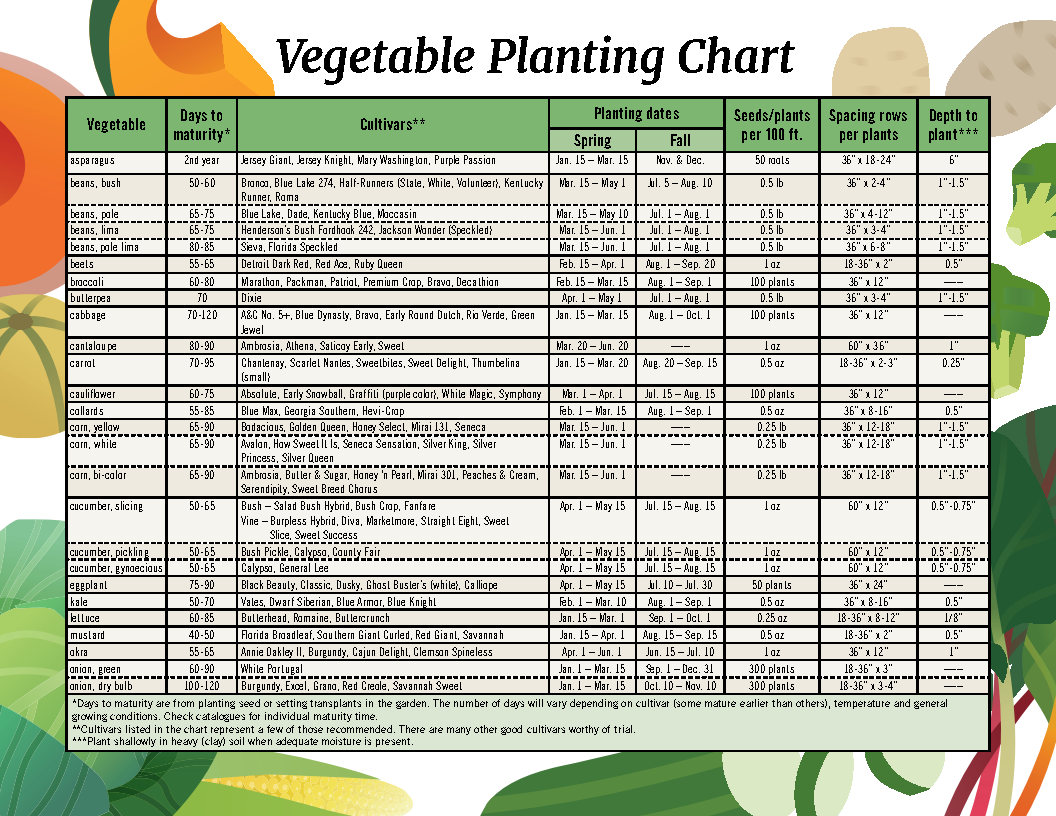Recent Posts
-
Fall is approaching when Chrysanthemums begin to appear in the big garden centers. Garden mums, or chrysanthemums, bring in vibrant fall colors like red, white, and yellow. Garden mums add color to your landscape while filling in the gap between summer annuals and winter pansies. When you’re at the garden center, look for great looking…
Posted in: Ornamentals -
October is such a wonderful time. Fall is in the air, and it’s also time for pumpkins. Pumpkins is a fun crop to watch in the vegetable garden. They make delicious desserts and great fall decorations and can be painted or carved into jack-o’-lanterns. But to make the best use of them, you need to…
-
Written by Alfredo Martinez. UGA Plant Pathology Department-Griffin campus Rhizoctonia Large patch of turfgrass is most common in the fall and in the spring as warm season grasses are entering or leaving dormancy. Large patch is caused by the soilborne fungus Rhizoctonia solani (AG 2-2LP). It can affect all warm-season turfgrass species. The disease produces…
-
Mushroom 101 Workshop Curious about mushrooms? Whether you want to learn more about mushroom production or simply understanding their role in nature, the Mushrooms 101 workshop in partnership with the Mushroom Club of Georgia is the perfect place to start! In this hands-on session, you will learn: The basics of mushroom biology Tips for growing mushrooms…
Posted in: gardening -

This publication is part of the Home Garden series.UGA Extension contacts: Robert Westerfield You can plant or harvest something from your garden almost all year. The two major planting periods, however, are spring (March to May) and fall (mid-July to September). The spring plantings are harvested in June and July, while the fall plantings are harvested from…
Posted in: Uncategorized -
Authored by: Dr. Elizabeth McCarty Summer may bring sunshine and green canopies, but it also welcomes a host of unwelcome visitors—tree-damaging insects. As temperatures rise, these pests become more active and can wreak havoc on trees already stressed from spring growth or lingering winter effects. Knowing what to watch for can help protect your trees…
Posted in: Entomology -
I often receive questions and comments from homeowners about the condition of their lawns. More times than not, they want something to spray, so the problem will magically disappear. It often leads to disappointment, it does not work like that. Lawns are complicated. A systems approach is needed in order to have a great-looking lawn.…
-
There has been excitement in the world of okra in the last 10 days. This insect is the two spotted cotton leaf hopper or the cotton jassid. Okra is a preferred host plant. Several of the first detections were on okra and later seen on cotton. Below is an example cotton jassid nymphs from a…
-
I have been getting a few calls about dead spots in centipede and St. Augustine lawns and alot of times the cause is Take-all root rot. Take-all root rot (TARR) is a fungal disease in warm-season grasses such as bermudagrass and St. Augustinegrass. Likewise, the fungus that causes this disease is Gaeumannomyces graminis var. graminis.…
Posted in: Lawns -
It does not take long for it get dry. The information below is from a CoCoRahs reporting site at the Extension office. It shows that rainfall amounts are 76% percent of normal for the month of April and 77% of normal for the year to date. When do I water my lawn and how much?…